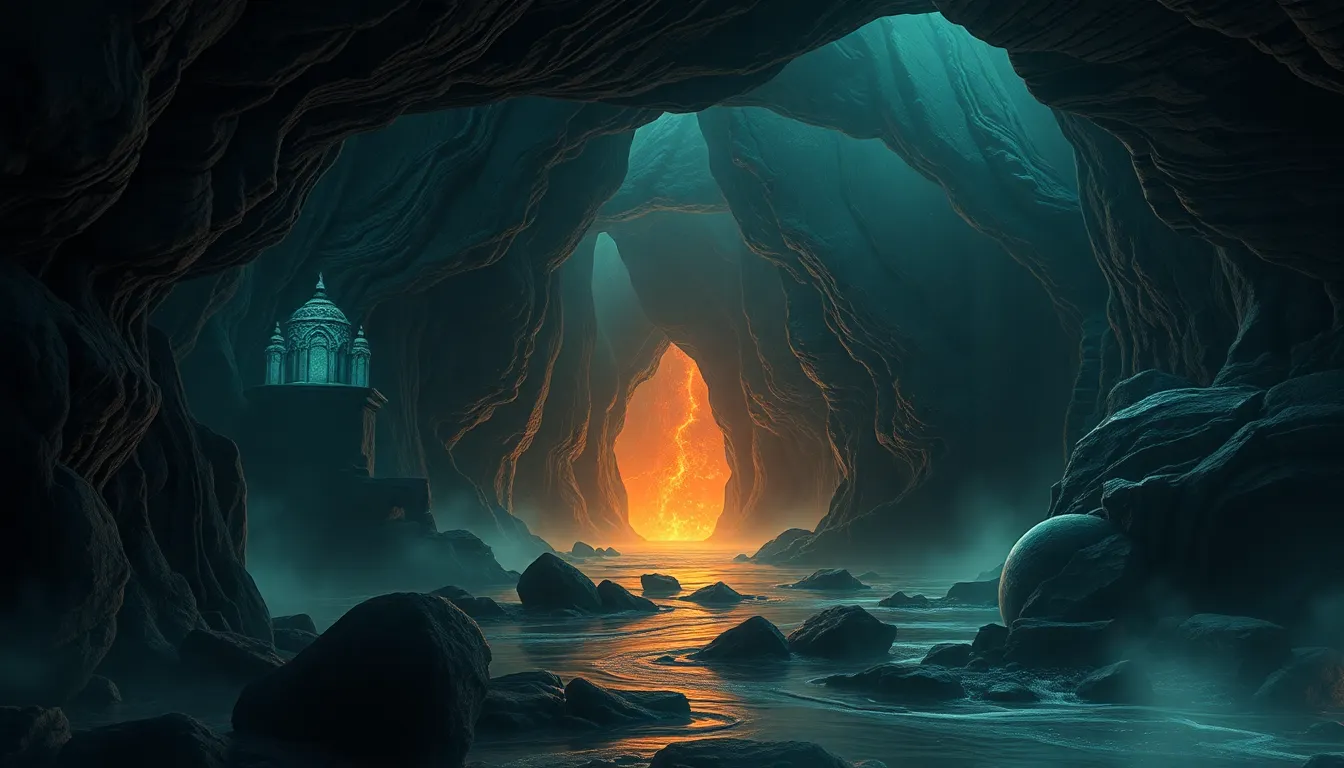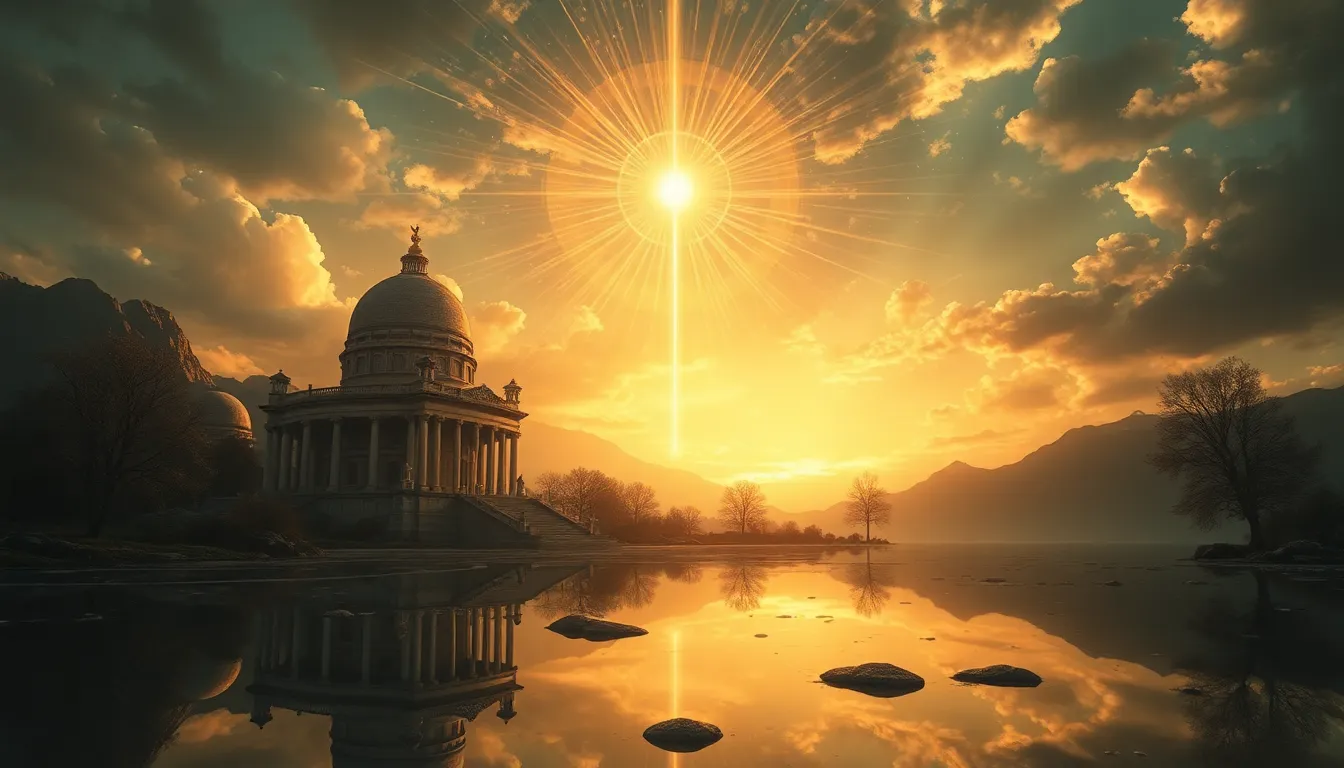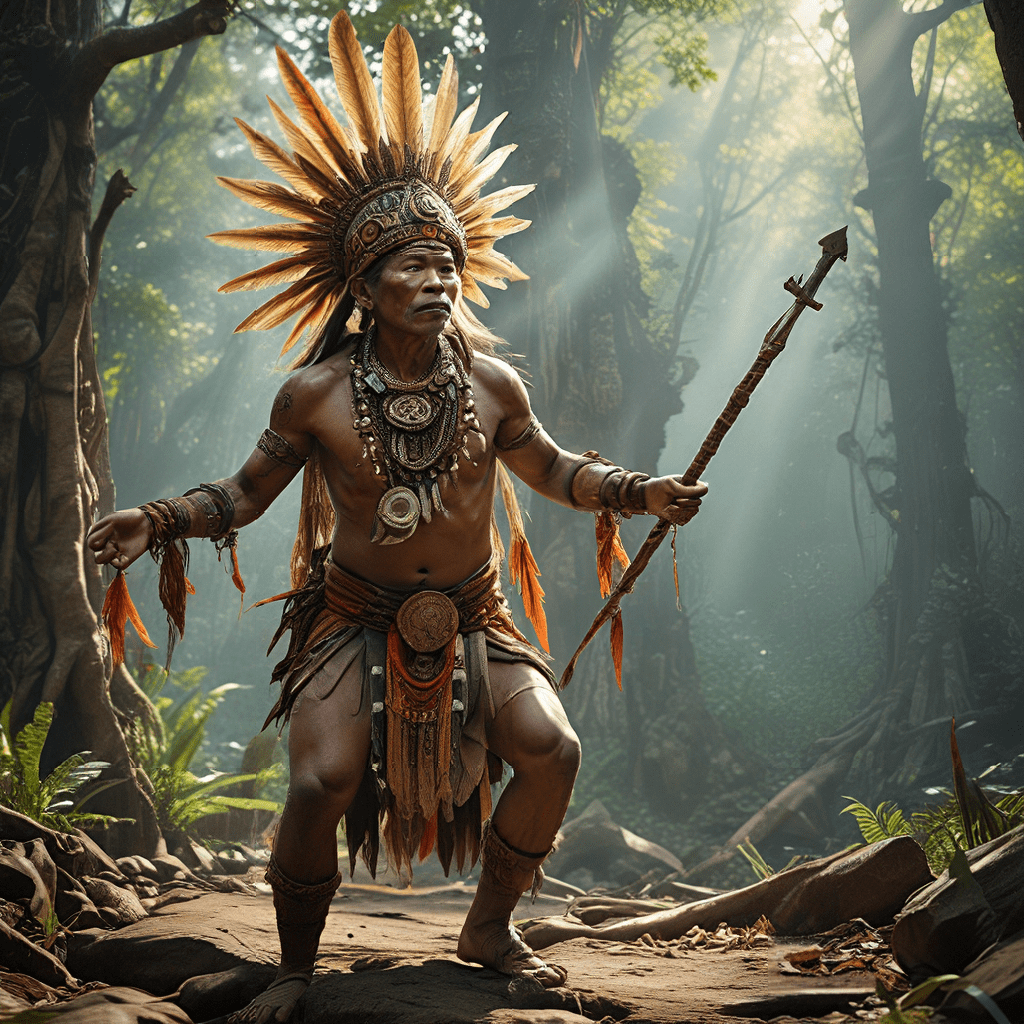The Underworld: A Mythical Journey into the Unknown
I. Introduction to the Concept of the Underworld
The concept of the underworld has fascinated humanity for millennia, serving as a crucial element in various mythologies and belief systems. Generally defined as a realm where souls reside after death, the underworld holds significant cultural importance, representing not just a destination, but also a journey of transformation and understanding.
This article aims to explore the underworld’s many interpretations and representations, showcasing how different cultures perceive this mysterious realm. From ancient civilizations to modern interpretations in literature and media, the underworld encompasses a wide range of beliefs and narratives that reflect human fears, hopes, and existential questions.
II. Historical Perspectives on the Underworld
Throughout history, various cultures have crafted their own visions of the underworld, each reflecting their unique beliefs about life, death, and the afterlife.
- Ancient Mesopotamian views: In the epic poem “Gilgamesh,” the underworld is depicted as a dreary place where the dead reside, reflecting the Mesopotamian belief in an inevitable afterlife.
- Egyptian beliefs: The ancient Egyptians envisioned the afterlife as a journey through Duat, where the deceased would be judged by Osiris and, if worthy, would enter the paradise of the Field of Reeds.
- Greek mythology: Hades, the Greek underworld, is famously crossed by the River Styx, which separates the living from the dead. Souls are ferried across by Charon, emphasizing the importance of proper burial rites.
III. The Underworld in Eastern Mythologies
Eastern mythologies also feature rich and diverse interpretations of the underworld, often intertwined with concepts of karma and reincarnation.
- Hindu concepts: In Hinduism, Naraka represents a temporary place of punishment for souls, while the cycle of reincarnation allows for rebirth based on one’s karma.
- Chinese beliefs: Diyu, or the Chinese hell, consists of Ten Courts where souls are judged and punished before reincarnation, illustrating the moral consequences of one’s actions in life.
- Japanese folklore: Yomi is viewed as a shadowy realm where the dead dwell, emphasizing the connection between the living and the deceased through ancestral spirits.
IV. The Underworld in Modern Literature and Media
The underworld continues to inspire contemporary literature and media, often serving as a rich backdrop for exploring human experience.
- Depictions in contemporary novels: In Neil Gaiman’s “American Gods,” the underworld is reimagined, blending mythology with modern existential themes.
- Representations in films and television: Movies like “The Matrix” and animated features such as “Hercules” portray the underworld as both a literal and metaphorical space, reflecting characters’ inner struggles.
- Video game interpretations: The game “Hades” allows players to explore the underworld through gameplay, offering insights into mythological narratives while engaging players in themes of perseverance and redemption.
V. Symbolism of the Underworld
The underworld is rich in symbolism, often representing deeper psychological and philosophical concepts.
- The underworld as a symbol of transformation and rebirth: Many cultures view the descent into the underworld as a necessary step for rebirth, akin to a caterpillar transforming into a butterfly.
- Psychological interpretations: The underworld can symbolize the subconscious mind, where repressed fears and desires reside, waiting to be acknowledged.
- The role of darkness and light: The interplay between darkness (the underworld) and light (the world of the living) is essential for understanding the duality of existence.
VI. The Journey to the Underworld: Heroic Quests and Trials
Many myths feature heroic journeys into the underworld, where protagonists face trials that lead to personal growth and enlightenment.
- Analysis of famous journeys: Orpheus’s descent to retrieve Eurydice, Aeneas’s journey to meet his father in the afterlife, and Dante’s travel through the circles of Hell exemplify this theme.
- Common themes in heroic quests: These journeys often include challenges, guides (like Virgil for Dante), and revelations about life and death.
- The significance of the descent into darkness: Such journeys often symbolize the need to confront one’s fears and failures as a path toward healing and understanding.
VII. Cultural Variations and Beliefs about the Afterlife
Across the globe, beliefs about the afterlife and the underworld vary significantly, shaped by cultural, geographical, and environmental factors.
- Comparison of underworld beliefs: While many cultures envision the underworld as a place of judgment and punishment, others see it as a realm of rest or temporary residence.
- The impact of geography: Civilizations surrounded by vast deserts, mountains, or oceans often have distinct underworld narratives that reflect their environment.
- Rituals and practices: Various cultures honor the dead through rituals that reflect their beliefs about the afterlife, such as the Day of the Dead in Mexico or the Obon festival in Japan.
VIII. The Underworld as a Metaphor in Society
The concept of the underworld often reflects societal fears, values, and moral frameworks.
- The underworld’s reflection of societal fears: The portrayal of the underworld can mirror collective anxieties about death, the unknown, and moral accountability.
- Examining the underworld in modern existential crises: In today’s society, the underworld can symbolize the struggles individuals face amidst rapid change and uncertainty.
- The underworld’s role in shaping moral frameworks: Many cultures use the concept of the underworld to instill ethical behavior, highlighting consequences for one’s actions.
IX. The Future of the Underworld
As societies evolve, so too will their interpretations of the underworld. With the advent of technology and new philosophical ideas, future representations may challenge traditional views and introduce innovative narratives. The underworld will likely continue to serve as a powerful metaphor for human experience, inviting exploration into the depths of our psyche and the mysteries of existence.




